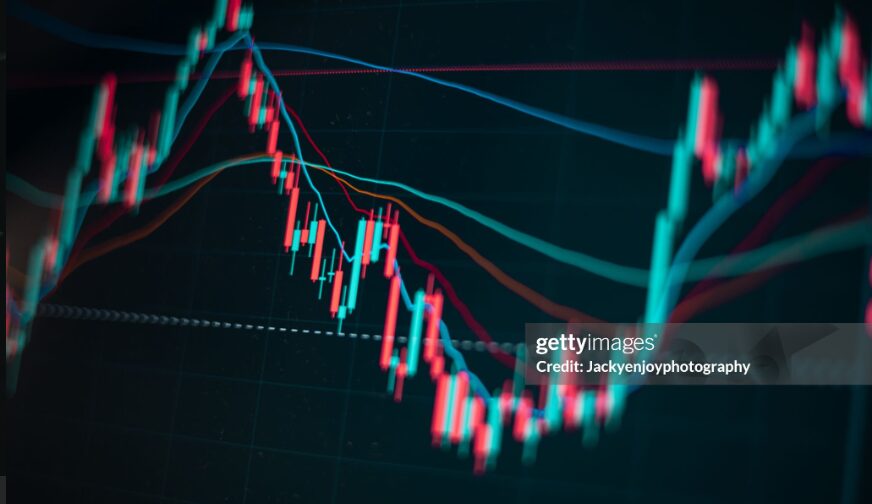Illustration of people trading in the stock market in an office setting
Source: htps://www.freepik.com/free-photo/stock-market-economy-investment-financial-concept_16462338.htm
The debate between forex and stocks is not new, but in 2025, with global markets more connected than ever, it is worth taking another look.
Are traders leaning more toward currencies, or do shares still hold the upper hand? The experts at Seekapa, a broker that offers both forex pairs and stock CFDs, help us break it down.
What is Forex, what are Stocks?
Let’s get the basics out of the way first.
The forex market, short for foreign exchange, is where global currencies are traded in pairs like EUR/USD or GBP/JPY. It is the most liquid market in the world, running 24 hours a day, five days a week. In this domain, you are not buying anything tangible – just predicting how one currency will move against another.
In contrast, the stock market is where investors buy shares to gain actual ownership in companies. These stocks are traded on centralized exchanges like the NYSE or NASDAQ during standard business hours.
But if you are more into short-term price movements without owning the actual stock, stock CFDs (Contracts for Difference) might suit you better. They allow you to speculate on the price of a stock going up or down without needing to own any shares.
Seekapa gives traders access to all major and minor forex pairs as well as popular stock CFDs, offering flexibility to anyone exploring both markets.
Key Differences to Consider in 2025
Trading Hours
Forex is always open on weekdays. Stock markets, on the other hand, stick to regional hours. This makes forex more attractive to night owls or traders in different time zones.
Leverage and Risk
Forex offers relatively higher leverage. That means you can control a large position with a small amount of capital, but also face the risk of larger losses. Stocks generally offer lower leverage, making them more conservative.
Volatility
In 2025, both markets are seeing their fair share of volatility, but forex remains more prone to sudden spikes. Currency values can swing sharply with political announcements, interest rate changes, or economic news. Stocks tend to show more gradual movements – though earnings reports and global crises can still shake them up.
Liquidity
Forex is the king of liquidity, with over $7 trillion traded daily. Stock liquidity varies by the company’s popularity and exchange. Blue-chip stocks are usually fine but small-cap or regional stocks are sometimes harder to exit at a good price.
A close-up of a candlestick chart

So, Which Option Is Better?
Here is the honest answer: it depends on your style, goals, and risk tolerance.
Your strategy can tell you which market to choose. If you like short-term trades and reacting to global news, forex might be right for you. It is fast, liquid, and full of opportunities 24/5.
If you are more into long-term trends and like to analyze company fundamentals, stock trading might be more your thing. Stocks also allow you to follow specific sectors, from tech and finance to healthcare and utilities.
But there is a third, smarter path of diversification.
Many traders in 2025 are no longer choosing just one. They are spreading their capital across both forex and stock markets to balance volatility and opportunity. It is an ideal way to manage risk and not miss out on movements in either space.
With Seekapa, you are not forced to pick sides. You can explore both markets using a single platform, backed by tools and data to support smarter trading choices.
Final Thoughts
There is no “best” market, it is only the best approach. And in 2025, that means staying informed, adapting to the trends, and using platforms like Seekapa that let you diversify across forex and stock CFDs with ease.
Nonetheless, if you are still not sure where to begin, start small, stay educated, and test both markets. The key is in the mix.








